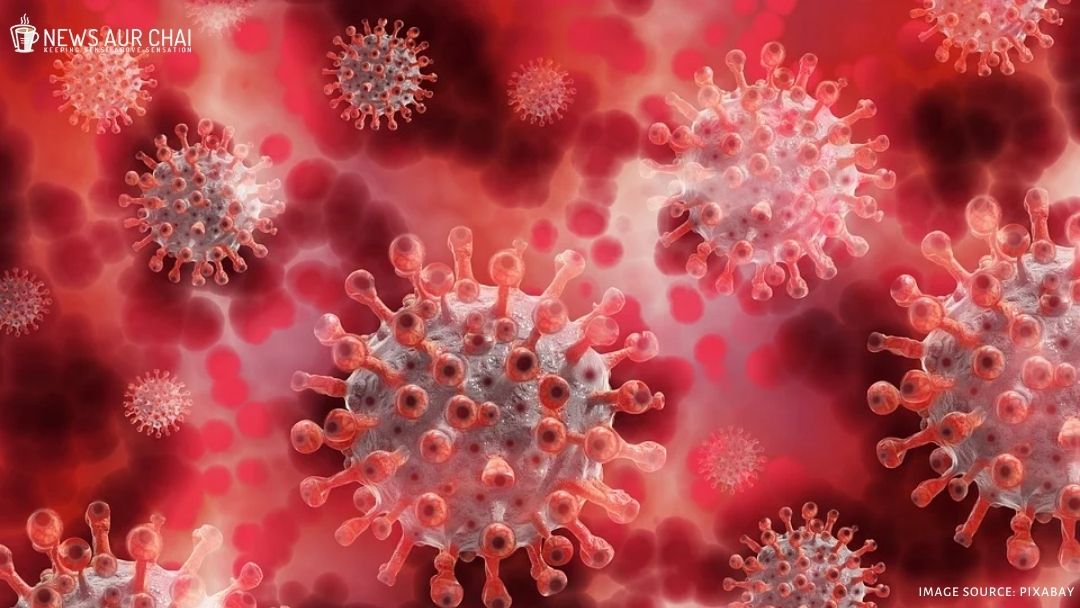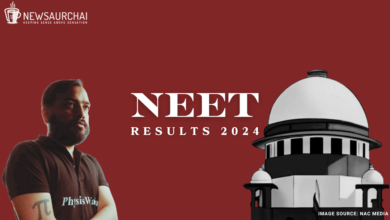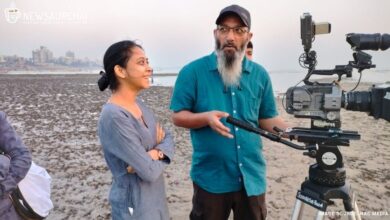
The Indian Government has venerated itself for its handling of the pandemic. Still, vagaries within socio-economic factors emanating from the initial lockdown could worsen amidst a recent spike in cases.
A sudden rise in Covid-19 cases across India has sparked concerns of another lockdown over the past few weeks. On February 21, India recorded 14,000 new infections- the highest daily number recorded since January 29 last year. As of February 23, the total number of cases across the nation went over 11 million. NITI Aayog Member (Health), VK Paul, announced on Tuesday that a total of 194 people in the country are infected with the UK strain detected in the largest number.
India continues to find its way back from last summer’s pandemic-induced lockdown and the difficulty that followed. A steady rise in Covid infections amidst fears of a second-wave has sharpened the possibility of relapse the advances made across various sectors.
Abated Vaccination Drive
India is set to become the second-largest vaccine producer globally, aiming to produce 3.5 million doses in 2021. India has administered more than 11.1 million Vaccine doses- the fourth-highest in the world. But with a slow vaccine rollout process, experts have pointed out that the daily number of doses administered has not been enough for the country to reach its goal of inoculating the 300 million population, which would prove costly if a second-wave were to occur.
Moreover, doubts over the efficacy of the Bharat Biotech produced Covaxin. The lack of take from the Government for the Serum Institute of India (SII) produced Covidshield. The non-involvement of private firms and institutions in the inoculation campaign could further slacken the vaccination drive. With India set to strengthen its output, to vaccinate its “priority population” (individuals of 50 years and above), the vaccination program’s inefficiencies could impede any advancement in the overall campaign, thus increasing the vulnerabilities of India’s substantial population.
Lockdown Woes Remain Unresolved
The Indian Government has venerated itself for its handling of the pandemic. Still, vagaries within socio-economic factors emanating from the initial lockdown have remained visibly unaddressed.
The recent budget for the financial year 2021-22 focused on recovering from the economic fallout due to the pandemic. With the emphasis on improving the Infrastructure and Healthcare sector, the budget boosts employment generation through long-term infrastructure projects. However, experts noted that relief was not provided to the Micro-Small-Mini enterprise (MSME) sector – which hires 40% of the nation’s informal workforce.
The MSME sector was the hardest hit by India’s “stringent” lockdown – resulting in many layoffs and small businesses going bankrupt. The lack of social security benefits tied with the loss of income exacerbated the lament of the workforce. Moreover, data from the National Family Health Survey (NFHS) revealed that families within the informal sector faced increased hunger during and after the lockdown. Many haven’t received incomes. The Right to Food Campaign, which conducted a survey on food security between October-December last year, found that food consumption among the poor and marginalized communities was far less than the amount they were consuming pre-lockdown.
The Government has increased budget allocations towards ‘Umbrella’ schemes and various other initiatives such as Anganwadi Services and the Mahatma Gandhi National And Rural Employment Act (MGNERA) – on paper – in a bid to revive the rural economy.
Despite this, the lack of food security coupled with significant budget cuts on various nutritional schemes – for women and children alike – and a lack of adequate income could prove to be a barrier for India’s informal workforce in case of a lockdown again.
Laxity in Safety protocols
As the population began to find its way back to normalcy, following ease in lockdown restrictions, the defiance of safety measures – to contain the spread of the virus – was overtly evident. Following the dilution of domestic travel restrictions, crowds of tourists and vacationers smattered across India’s tourist hubs, eventually resulting in the coronavirus’s spread across towns with no previous recorded infection cases.
A recent surge in cases in three central states, including Kerala and Maharashtra, has intensified public fear amidst the glooming possibility of a second lockdown. However, experts say that a second lockdown would be detrimental to the population still reeling from the fallout of the initial lockdown.
While infectious-disease experts have attributed India’s low per-capita case rate to a mix of strict-public health measures and discrepancies in the rural account of cases recorded, the health ministry has credited its success with various factors, including its robust testing mechanisms and contact-tracing efforts. India’s testing phase began moderately but gained traction through the summer. The prevailing insouciance towards safety protocols can dampen the progress made, experts say.
Decentralizing and Developing WASH Infrastructure
Further, a lack of equitable access to water – an indispensable resource in the fight against the virus – and sanitation in informal urban settlements could make the population susceptible to the virus. The coronavirus is at the most dangerous in urban clustered settlements. A study conducted by the Indian Council of Medical Research (ICMR) noted that the likeliness of a Covid-19 spreading in urban areas and informal urban settlements is 1.89 higher compared to 1.09 in rural settlements.
Moreover, the reliance on short-term mitigation plans has thwarted building resilient communities as opposed to long-term preparedness. Experts have argued that decentralization is critical to ensure an effective response in times of crisis. In Mumbai, for instance – the second-most densely populated city in the world – 40% of the population live in informal settlements. As a result, the Maharashtra Government roped in several development partners to improve water and sanitation access via digital tools. Similarly, in Dhaka, the pre-pandemic digitization ensured that the Dhaka Water Supply and Sewage Authority (DWASA) provide 24×7 water supply to informal settlements.
The need for a pro-public approach in handling an open-ended crisis such as the coronavirus is further stressed by the Government’s need to prioritize Water, Sanitation, and Hygiene (WASH) infrastructure for the fight against the future crisis. To ensure this, National and State Governments need to encourage local governments and communities through adequate funding whilst acknowledging them as primary stakeholders in creating WASH resilience.
A key criterion in accessing WASH services relates to land and housing rights. In the absence of a Clear land tenure, which guarantees communities’ rights to manage and own the land they reside on, the access to WASH services is limited, resulting in the exclusion of the urban poor and informal settlements. Moreover, studies reveal that 60% of slum residents are dependent on a shared water source, and about 40% do not have a bathroom or toilet installed at their home. Hence, a meaningful way to resolve this is by increasing land and housing supply and strengthening land and housing rights of urban and informal settlements while improving water and sanitation access.
Given that the pandemic has exposed the socio-economic gaps between the privileged and the vulnerable population, Governments across all levels need to comprehend the consequential need to develop resilient urban communities. Ward-level plans, platforms for collaborations around emergencies, and protocols for action need to be set in advance so that mitigation plans are carried out coherently in case of a future crisis. Besides, if long-term sustainable goals replace short-term mitigation plans, building resilient communities and protecting the vulnerable population will be viable.






3 Comments